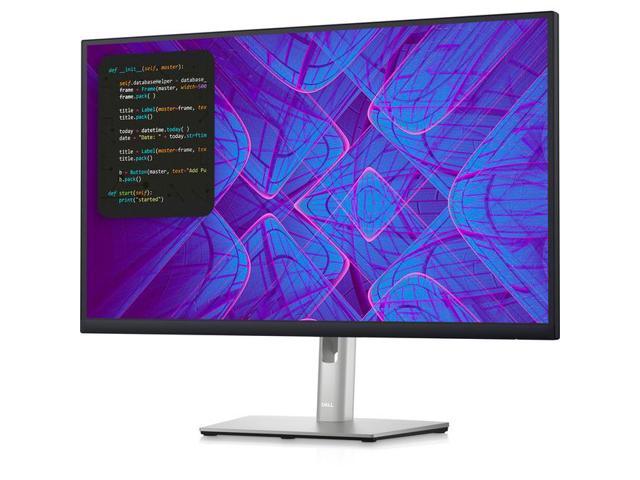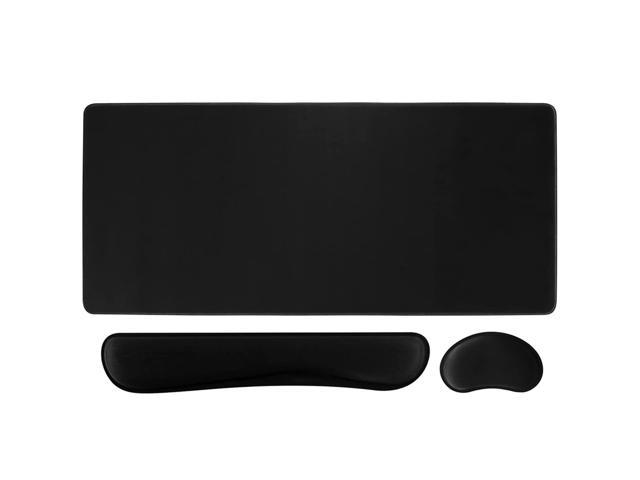This project examined the three key chlorination process monitoring methodologies employed currently: ORP sensors, membrane probe chlorine residual sensors, and chlorine residual automatic chemistry systems (colorimetric and amperometric). Side-by-side tests of the three monitoring methodologies were conducted at multiple test sites. The test sites were chosen to reflect at least one municipal site that has primarily residential wastewater flow sources and a municipal site that has a significant contribution of complex industrial waste flow. The differences, drawbacks, advantages, and overall strengths and weaknesses of each methodology tested as a monitoring and dosing control measure were identified. In addition, bench scale laboratory experiments were performed to further compare the correlation of ORP and chlorine residual to microbial inactivation. Based on the findings of the project, issues and optimization tips were examined for employing on-line chlorine residual or ORP analyzers in wastewater effluent chlorine dose control.















